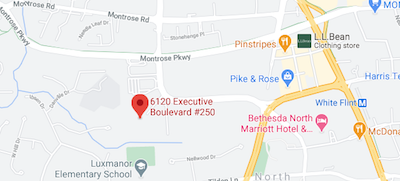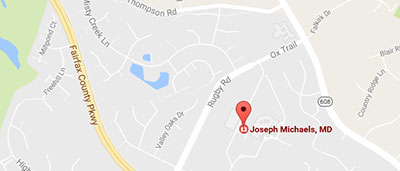Some individuals are concerned that their nose is too big. Others feel that their nose is too wide. Some people dislike the hook at the end of their nose while others are unhappy with the unsightly bump on the bridge of the nose. There are also those who suffer from a structural issue, such as a deviated septum, that may be causing chronic breathing problems.
Contents
About Nose Surgery

Thankfully, Dr. Joseph Michaels, MD, FACS, performs nose surgery to address the aesthetic and structural concerns that many patients like you have about their noses. With nose surgery, Dr. Michaels can provide a subtle or dramatic change to help restore a sense of balance to your facial features.
(Note: If nose reshaping is performed for a trauma-induced deformity or to correct a breathing abnormality, insurance may cover a portion of the reconstructive fees.)
Procedure
There are several techniques used to reshape the nose. During consultation, Dr. Michaels will listen to your aesthetic desires before creating a treatment plan tailored to your goals.
Typically, nose surgery takes between two and four hours, and is an outpatient procedure. The two main approaches to nose reshaping surgery are the open and closed approaches.
With the open approach, Dr. Michaels positions the incision on the skin that lies between the nostrils (the columella). The open method allows the cosmetic surgeon to have optimal visibility and, thus, control during the nose reshaping procedure.
With the closed approach, the surgeon positions the incision inside the nose. This allows for more rapid healing and concealed scars. The drawback of the closed approach, however, is that Dr. Michaels has less visibility and control than he does with the open approach.
With both approaches, Dr. Michaels accesses the underlying nasal structure through the incision. The supporting nasal structure is comprised of cartilage and bone, which he sculpts, augments or reduces to improve the shape, size, width, angle, symmetry or overall nasal structure.
Once Dr. Michaels is content with the newly shaped nose, he closes the incisions with sutures and dresses the area with bandages. He also places a splint over the nose to provide added protection and support while the area heals.
Recovery
You should expect to take about one week off from work or your usual activities after nose surgery. Immediately after surgery, you may feel stuffy and need to breathe through your mouth for a few days. You should also keep your head elevated for the first few days after your procedure, even while you sleep. You may notice swelling, bruising or soreness throughout the treated area. Don’t be alarmed if the bruising extends to the eye area, creating the appearance of a “black eye.” This is normal and should subside within about 10 days. Dr. Michaels provides comprehensive pre- and post-surgical care instructions before the day of surgery.
Quick Facts
Length
2-4 hours
Anesthesia
General
In/outpatient
Outpatient
Side effects
Temporary swelling, bruising, stuffy nose and some pain
Risks
Pain, bleeding, infection, incomplete improvement, difficulty breathing
Recovery
1 week: back at work. 1 week: light exercise only. 2-3 weeks: more strenuous activity allowed. 1-6 months: swelling resolves.
Duration of results
Long lasting.
If you would like to learn more about nose surgery, click here or call (301) 468-5991 in Rockville, MD or (703) 957-8610 in Fairfax, VA to schedule a consultation.








